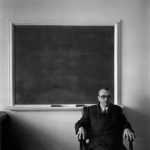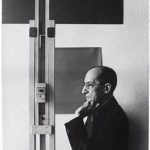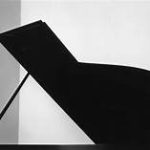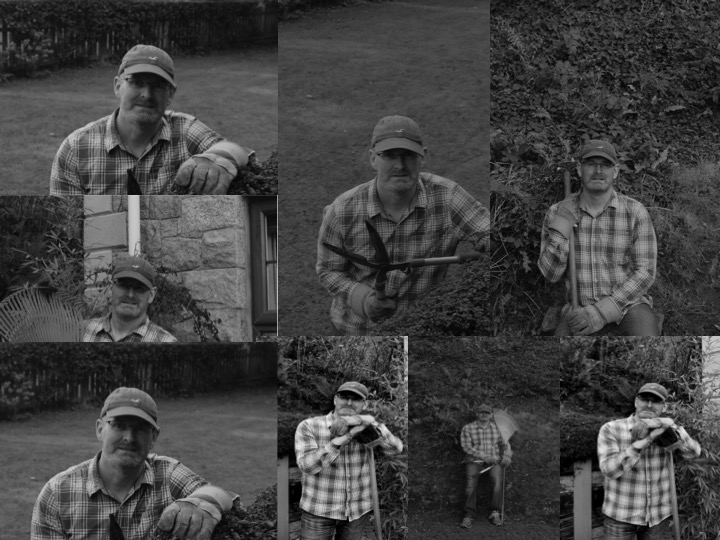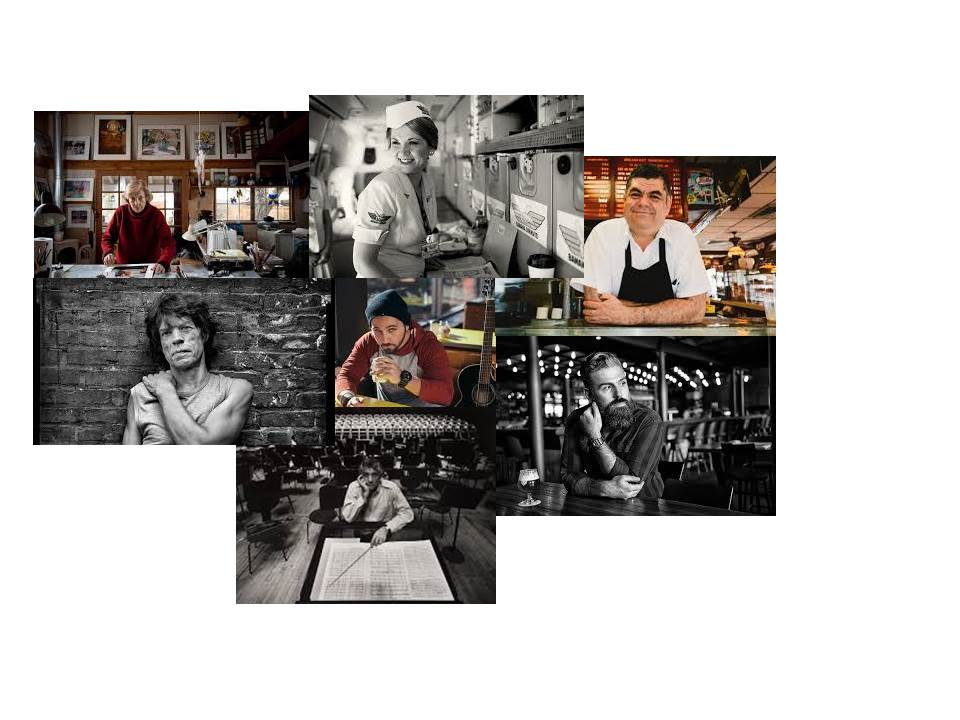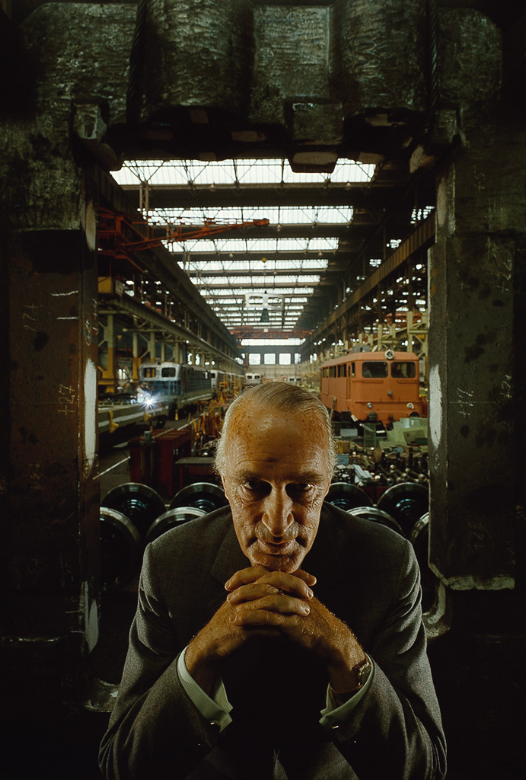Arnold Newman
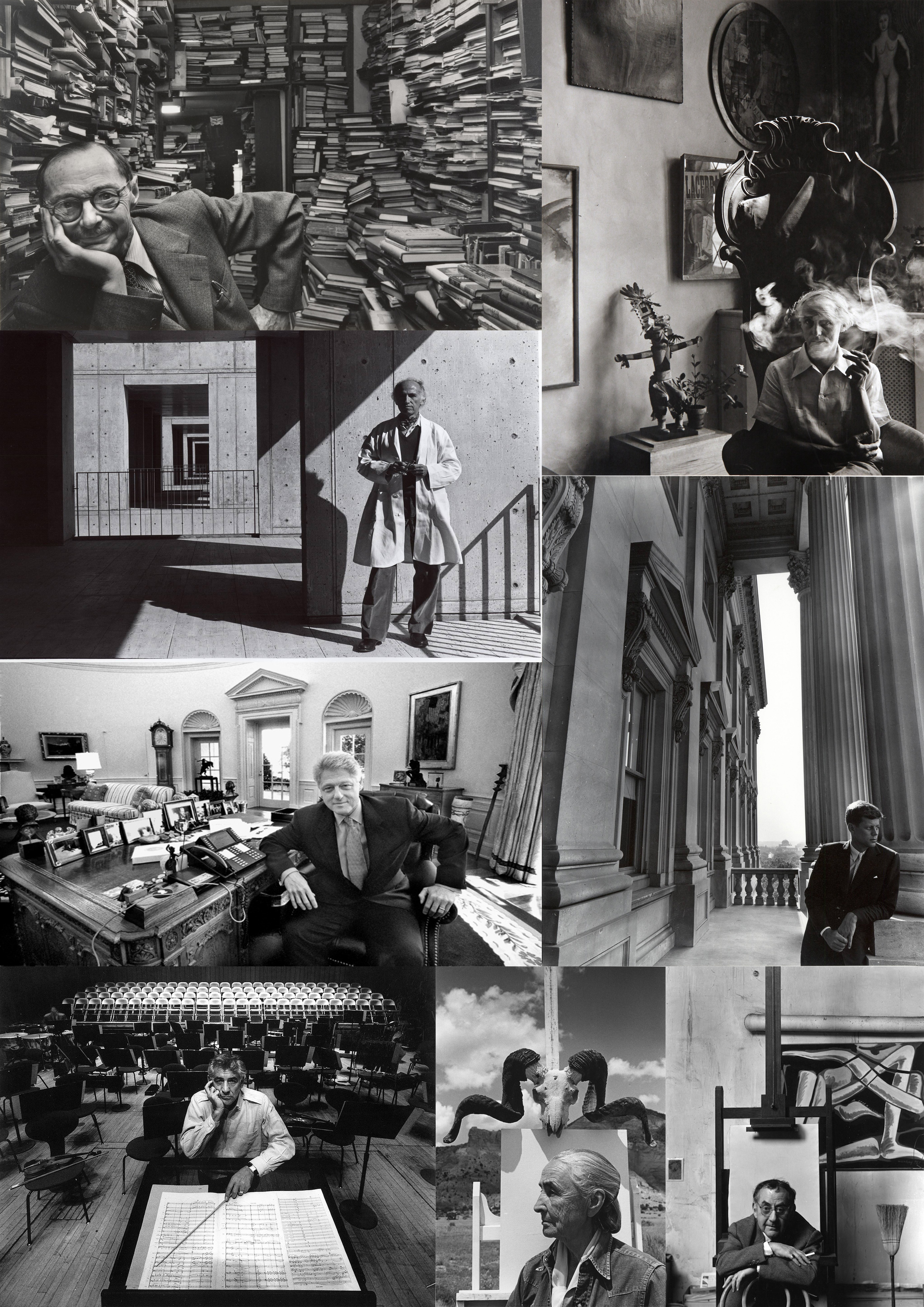
Arnold Newman was an American photographer, mostly known to be the one who flourished ‘environmental portraiture’, in which the photographer places the subject in a carefully controlled setting to capture the essence of the individual’s life and work. Newman normally captured his subjects in their most familiar surroundings with representative visual elements showing their professions and personalities. Even without knowing who the subject is, a viewer can identify the artist in his studio, or a musician at the keyboard, or a president at his desk. Newman’s best-known images were in black and white, although he often photographed in colour. His portraits ranged from celebrities, artists to politicians. Newman insisted that a picture of a celebrity or politician by himself wouldn’t be as meaningful as one taken in the subject’s workplace. The viewers can tell that his portraits are planned because of the carefully composed environment and the posed subject.
His style
Although his style evolved, backgrounds always played a leading role in his photographs. Through his environmental painters’ portraits you can see how he carefully chooses backgrounds to fit with the style of painting these painters created. Most of Newman’s personal works were the result of long social interaction with the subject. After getting to know the subject in a broad way, the photographs began to happen. Newman captured images that he had in mind from the beginning, which was the essence of his photographic style. In all his environmental portraits, Newman included representative elements of the subject’s profession. Sometimes Newman’s photographs have different compositional approach in which the subjects is close to the corners of the frame. This was probably a reflection of the great care he took to show as much as possible of the subject’s surroundings.
My response





To respond to Arnold Newman’s photography work, I captured images of people in their familiar surroundings or their workplace. Since Newman is best known for his black and white images I decided to edit the final outcomes on photoshop by applying the black and white filter and slightly adjusting the contrast and brightness. A large amount of background can be seen through my images as this was an important aspect in his photographs to show the viewers the subjects representative elements. I think these images replicate Arnold Newman’s photographic style since they are black and white environmental portraits which have been captured using his techniques. However, to improve I could have photographed more people in their working environments and taken pictures of subjects that I’m not familiar with.

